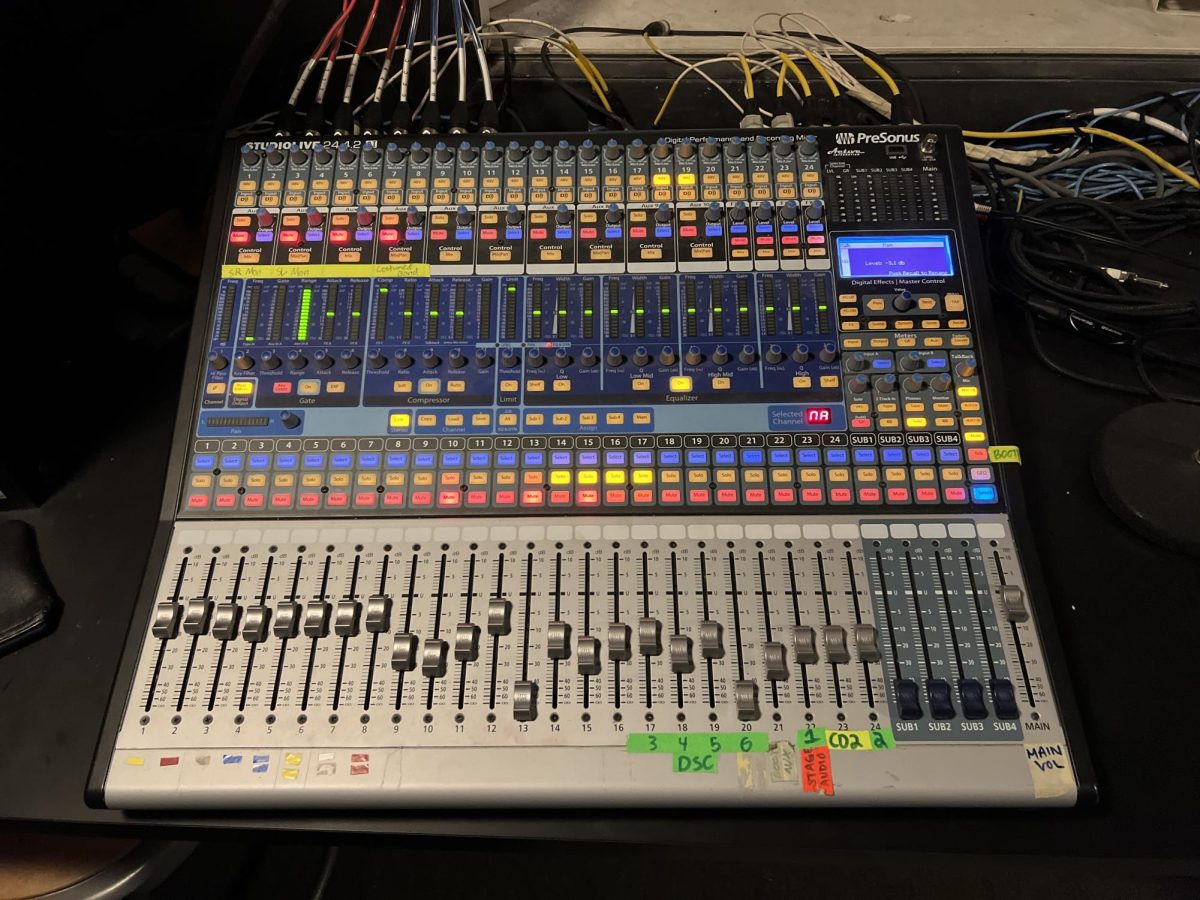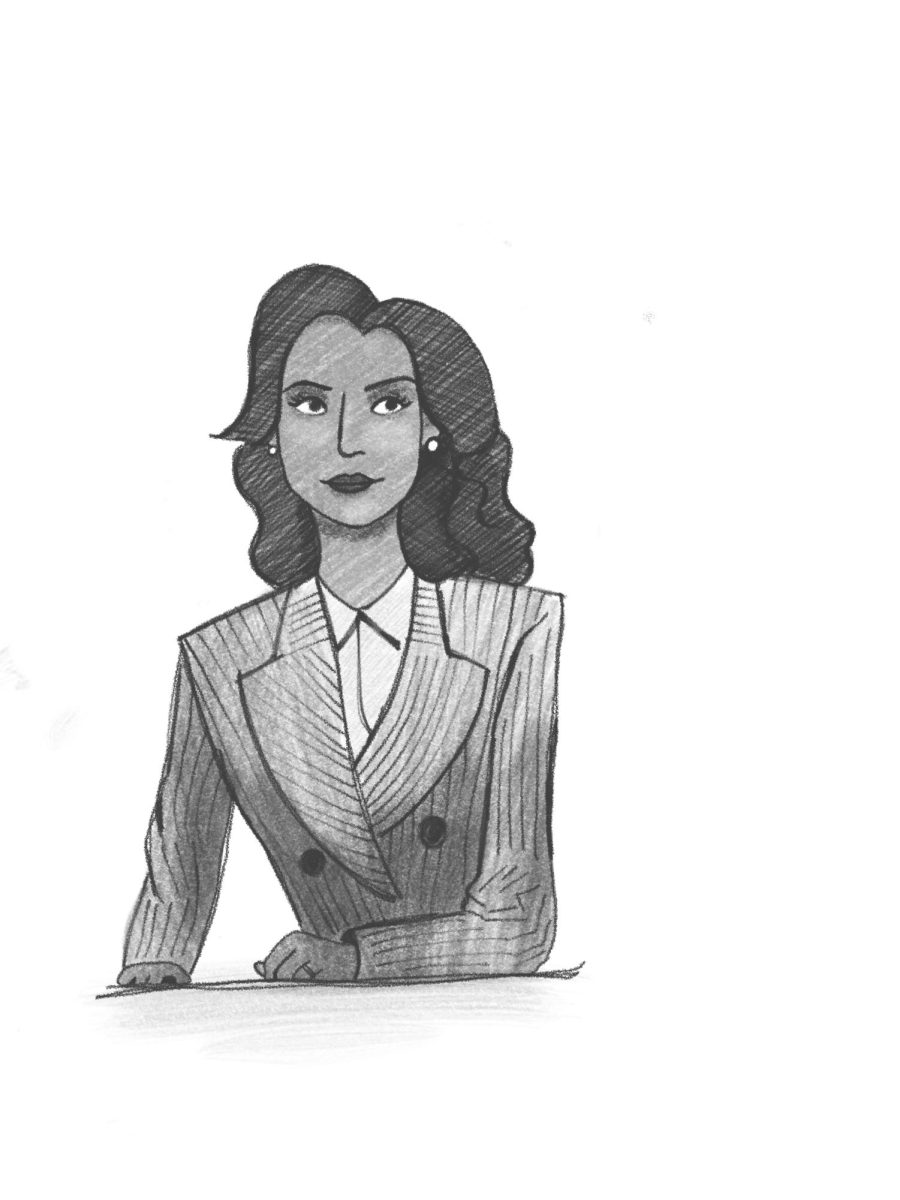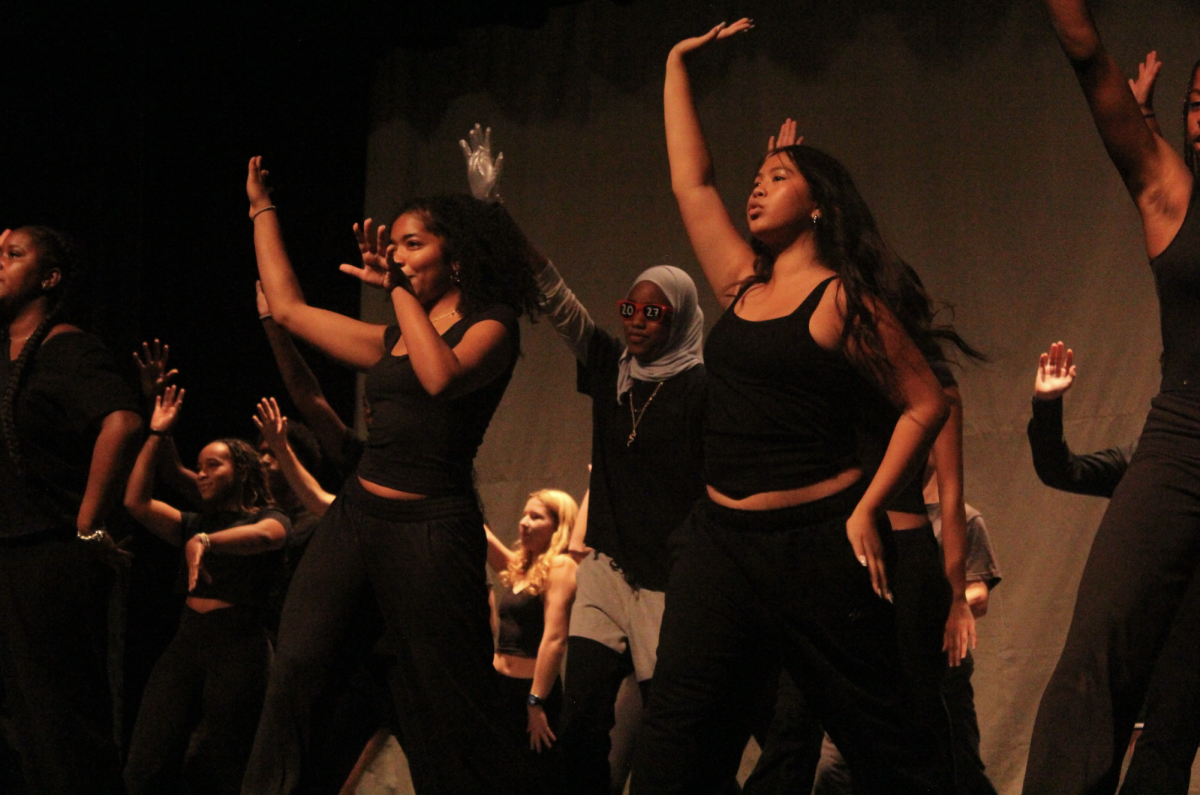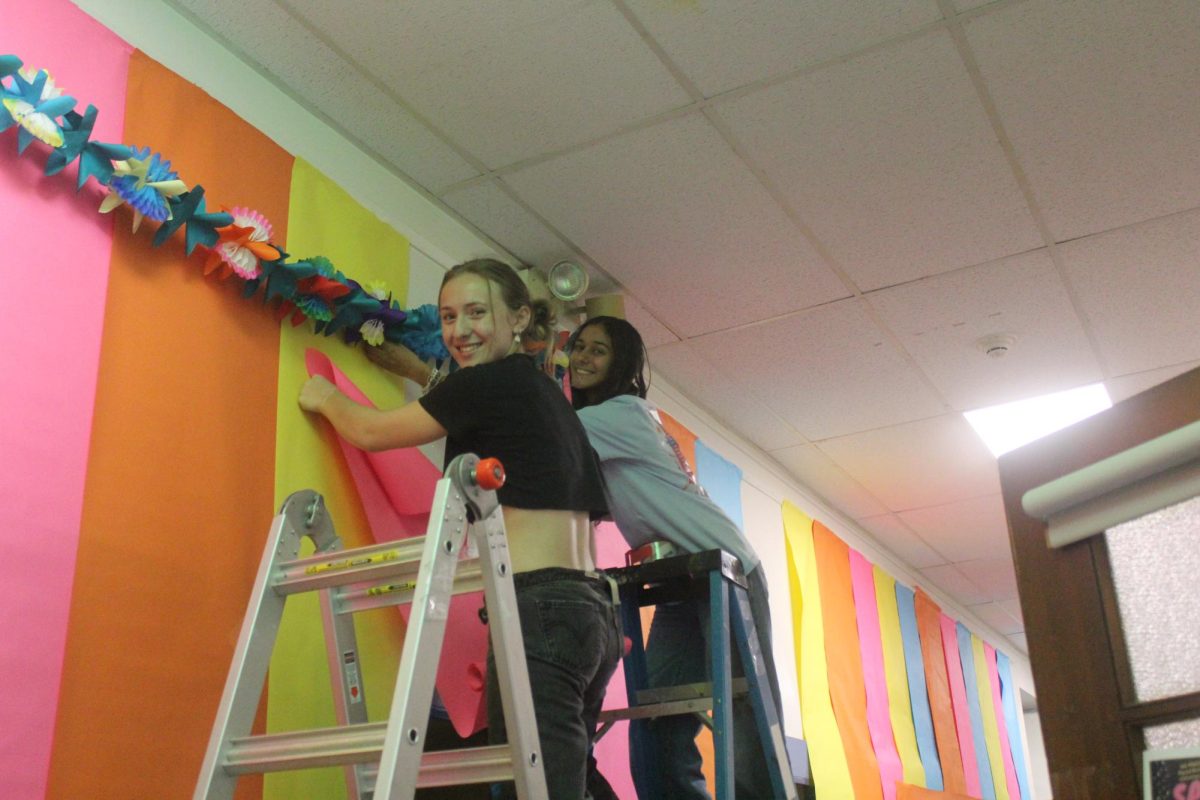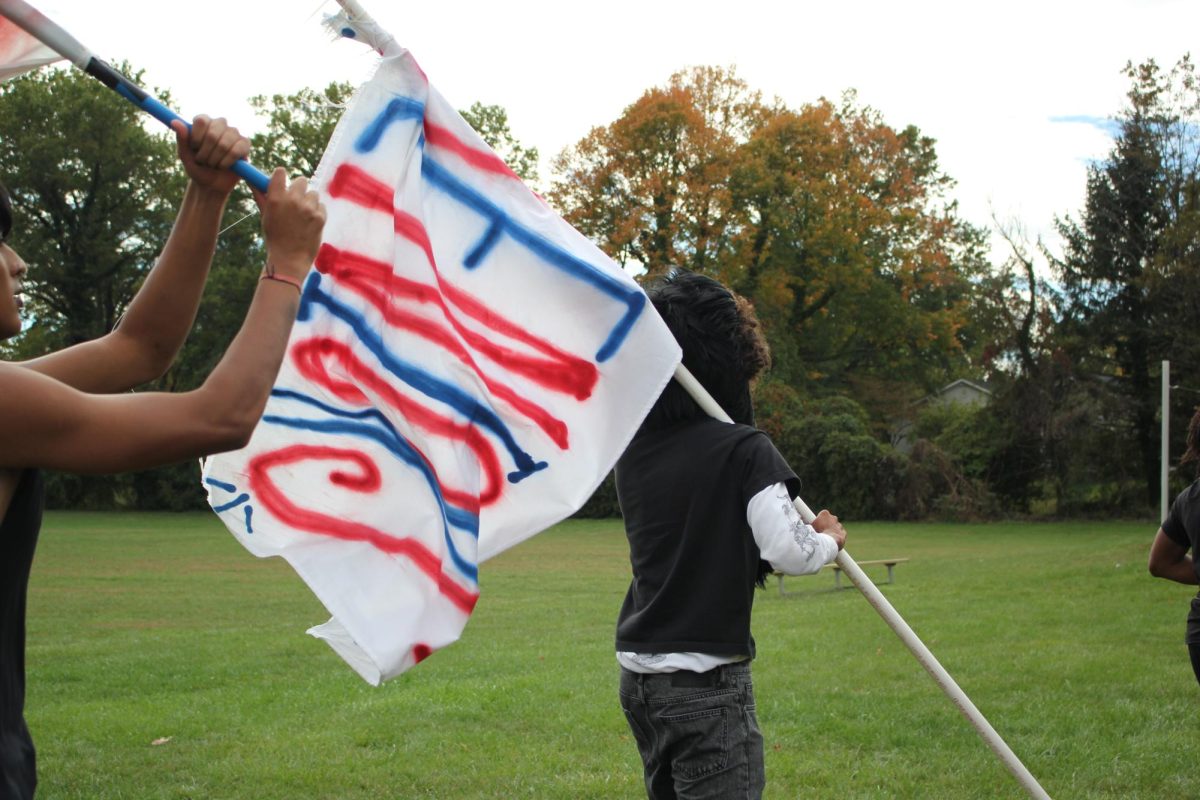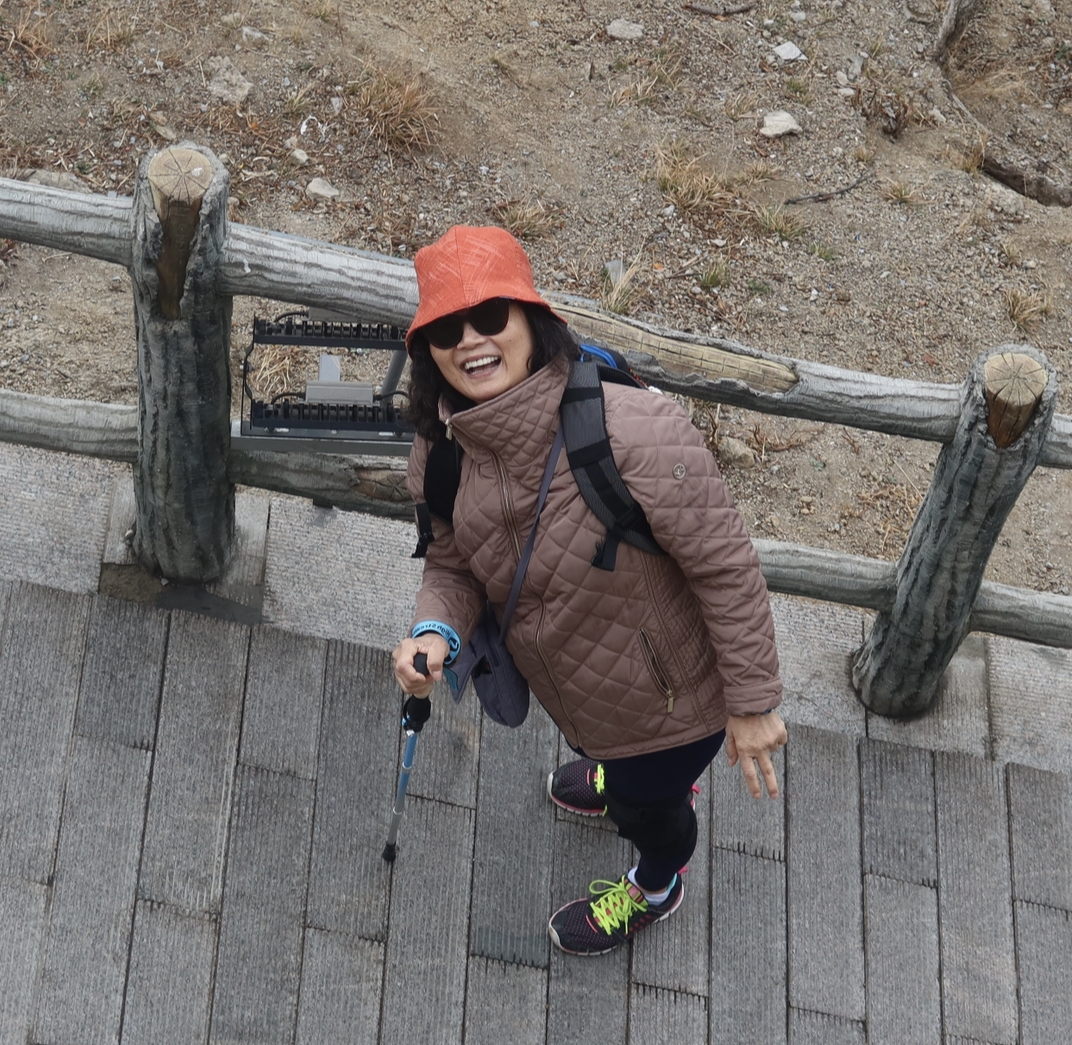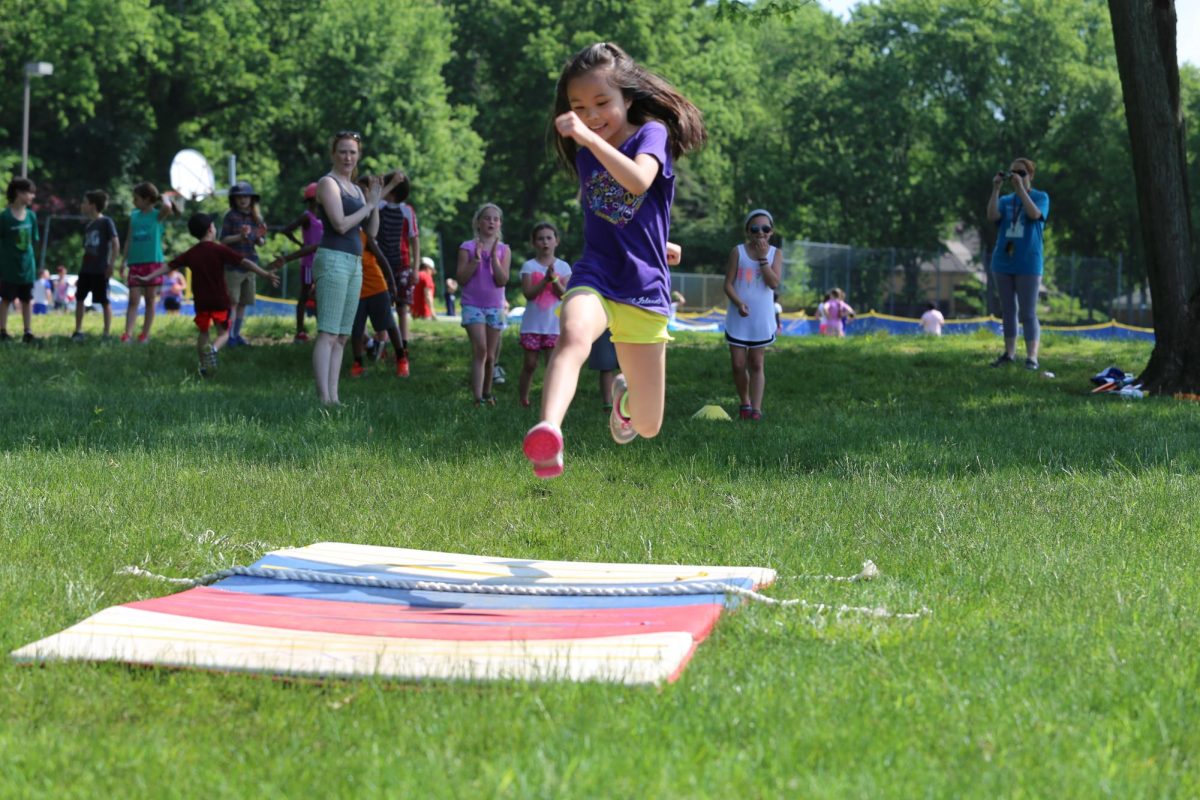Since the end of winter break, three out of four of MFS’s elevators have broken down. This, along with a lack of automatic doors and wheelchair ramps, raises the question of how accessible the MFS campus is for students and faculty who struggle with mobility issues.
My mobility is worse than most MFS students, even though I can still walk and run in very short bursts. This is mainly because of the brace therapeutic treatment for one of my medical conditions that causes me to become winded and leads my body to raise its heart rate quickly if I start walking too fast for too long or climb stairs. In comparison, when I was younger, much more mobile, and running for my town’s local track and field team, I would only get the same increase in heart rate and windedness that I now get climbing just one flight of stairs after running a 400 meter sprint.
I find that there is no practical solution for when I just need to climb one flight of stairs if there are no elevators or escalators, especially because I need to carry my backpack in my right hand when climbing stairs. As a result, I used to find myself frequently using the elevators located by Stokes Hall, the Blue Gym, and the front entrance of Hartman Hall. On the surface, the elevators seemed great for me; I wouldn’t have to exert too much energy, pushing my physical limits, and I wouldn’t feel like I was getting in the way of other students moving much faster than me. However, under the surface, the remaining time that the elevators could assist me from going between floors was running out because the elevators were slowly beginning to break down. All three broke down at some point during the month of January, leaving only the elevator in Van Meter Hall, which I have only used once while attending MFS.
Following the breakdowns, I began to try to adapt as best as I could. To get around the broken Hartman elevator, I rolled my backpack on wheels to the second floor entrance so that I could use the ramp or only need to climb three stairs.
However, stair climbing became the only way to go from floor to floor in the Main Building and Field House Commons. This stair climbing was not easy for me as I began getting winded and my heart rate augmented again. I began to worry that I was getting in other people’s way from climbing slowly. I worried that people were seeing me in their minds as a fool, or even as any of the derogatory words used for people with disabilities because I was struggling in an obvious manner, even though I never judge anyone for thinking those things about me.
The first of the three elevators to break was the Hartman Hall elevator around January 4. The elevator hung about four inches lower than normal and couldn’t raise as a result of an issue with the cables. It was repaired by the end of the second week of January.
The second of the three elevators to break was the Stokes Hall elevator. Head of School Julia de la Torre mentioned in an email on January 9 that the Stokes Hall elevator was experiencing a hydraulic fluid leak, making it unsafe to use; however, it was repaired by the end of the third week of January.

![]() The third elevator to break was the Field House Commons elevator. After mysteriously producing grinding noises when approaching the second floor, the elevator stopped working altogether by the beginning of the third week in January. On the outside of the elevators, no buttons work and the LED screen that displays the current location of the elevator on the bottom floor displays nothing as of the end of the third week of January. Repairs are currently ongoing.
The third elevator to break was the Field House Commons elevator. After mysteriously producing grinding noises when approaching the second floor, the elevator stopped working altogether by the beginning of the third week in January. On the outside of the elevators, no buttons work and the LED screen that displays the current location of the elevator on the bottom floor displays nothing as of the end of the third week of January. Repairs are currently ongoing.
With the breakage of these elevators, questions began to formulate in my mind about how accessible the MFS campus is for both myself and wheelchair users both in the present and future.
There are ramps to get into the Dining Hall Commons, Stokes Hall Lobby, and the second floor of Hartman Hall; however, there is not a ramp to get around the stairs on the McShap Path. All other routes to get from the Main Building to Hartman Hall are excessively long.There is also a lack of automatic doors on campus, which requires that someone, most likely an aide, is always present for any wheelchair user to open some of the doors at MFS.
Additionally, for someone like me, five minutes is almost always not enough time to get to and from Hartman Hall. I only have one class in Hartman Hall: precalculus on the second floor. The time it takes to ride the elevator down to the first floor, walk through the McShap Path, climb the stairs on the way, enter the Field House Commons, ride the elevator up to the Blue Gym, walk over to the Stokes Hall elevator, and ride the Stokes Hall elevator to either the second floor or the basement is almost always at least six or seven minutes, which is the same for the opposite direction.
However, that is the time it takes for the journey when all of the elevators are functional. To shave off the extra time when the elevators are broken, I have to bite the bullet and climb up and down the stairs near the side entrance of the Main Building. Thankfully, my teachers understand the time struggle and allow me extra time to pass in between classes, but only by one or two minutes.
As a result, every day is challenging, and a particularly challenging day was January 12, since that was a day when my schedule had many floor changes and at this point in time, the Hartman Hall and Stokes Hall elevators were both broken. I can also remember certain moments from January 12 in vivid detail. Even though I was already exhausted by the lack of sleep that I got the night before, I had to walk up and down the stairs of my school bus at only 7:30 AM. No big deal, right? Wrong. The stairs are steep and the aisle is so narrow that I could never roll my backpack to my seat. Instead, I needed to carry my backpack and rush because I knew that my bus’s driver was going to pull out of the parking lot in sixty seconds or so after pulling up, whether I’m on or not. The driver didn’t know about my medical history, so I couldn’t blame him too much, yet I still wished that he would give everyone, including me, just ten or twenty more seconds.
After I got off of the bus, I was greeted with even more stairs: the red stairs that lead to the entrance near the oval. I picked up my backpack, weighted down by the heavy biology textbook that I must bring because I don’t know whether I’ll need it or not, and climbed the staircase one stair at a time. I entered through the oval doors to face another six stairs. I already had my backpack in my hand, so I used up the energy that I still had to continue carrying my backpack up those stairs, where I could finally put my backpack down.
In the hallway, I gathered with friends to chat. Although on most days, they must disperse to get to their first class just a few minutes before the first bell rings, I needed to leave a few minutes earlier to leave enough time to climb the stairs to the second floor.
Despite having twenty minutes to rest my muscles, I still needed to walk up the stairs to get to English class on the second floor. Once again, I carried my backpack up almost twenty more stairs.
After English, my next class was biology. Great. That meant that I had to go down two floors. If the elevator never broke down, all I’d have to do is go into the library, embark on the elevator, push the button labeled “GF” and wait for the elevator to spit me out right by room 22; however, because I could not use the elevator, I had to walk down almost forty stairs.
Although I had the mid-morning break after biology, there wasn’t much time to rest. For me, the mid-morning break only gave me more time to get to class, eliminating the need to rush. At least from here my schedule got easier. My next two classes, 20th Century World History and Intro to Journalism, were on the same floor and I could choose where I wanted to eat lunch. After lunch was a free period. Because my next class after that was precalculus, though, I needed to end my free period five minutes early to leave enough time to get to Hartman Hall without rushing.
But, oops – I didn’t pay enough attention to the clock, and I didn’t realize the time until the bell rang at 2:20 PM, so I then needed to rush. I still hadn’t even packed all of my books up yet! I was mad at myself because I knew that I needed to exert as much energy as I could to arrive in precalculus class by 2:27 PM. As I raced down the stairs that took me to the side entrance, thoughts of how stupid I was raced through my mind. I passed by two of my closest friends, hoping that they wouldn’t notice my anger and struggle by trying to put on a brave face. I had no time then to take on these stairs slowly; instead, I had to push my physical limits – which I assumed that because of my medical history, noneof my three doctors would approve of. I slowed down when I reached the stairs of the McShap Path and was exhausted. At this point, I just simply didn’t care if I was late. I arrived at precalculus class miraculously at 2:26 PM, winded, and with my heart rate likely at 160 BPM or higher.
After precalculus, I had to travel the furthest distance at one time all day. Because of the challenges of the stairs, the journey to the bus pad felt more like a 26.2 mile marathon than an approximately 0.2 mile leisurely stroll. At least I got the opportunity to talk to a friend along the way, which made me forget about the struggles of the day for a moment. I climbed on the bus, and the bus took me away from campus.
In the end, I’m appreciative of MFS’s actions to repair the elevators as soon as possible. However, the elevators can only go so far with accessibility, especially when considering the lack of a ramp by the McShap Path and lack of automatic doors around campus. Because of that, it is my hope that both students and faculty alike think of solutions to improve accessibility at MFS. But no matter what, these struggles will never wipe the smile off of my face.


